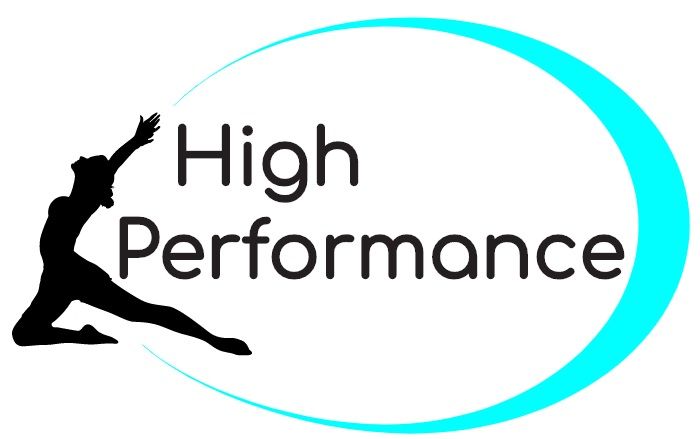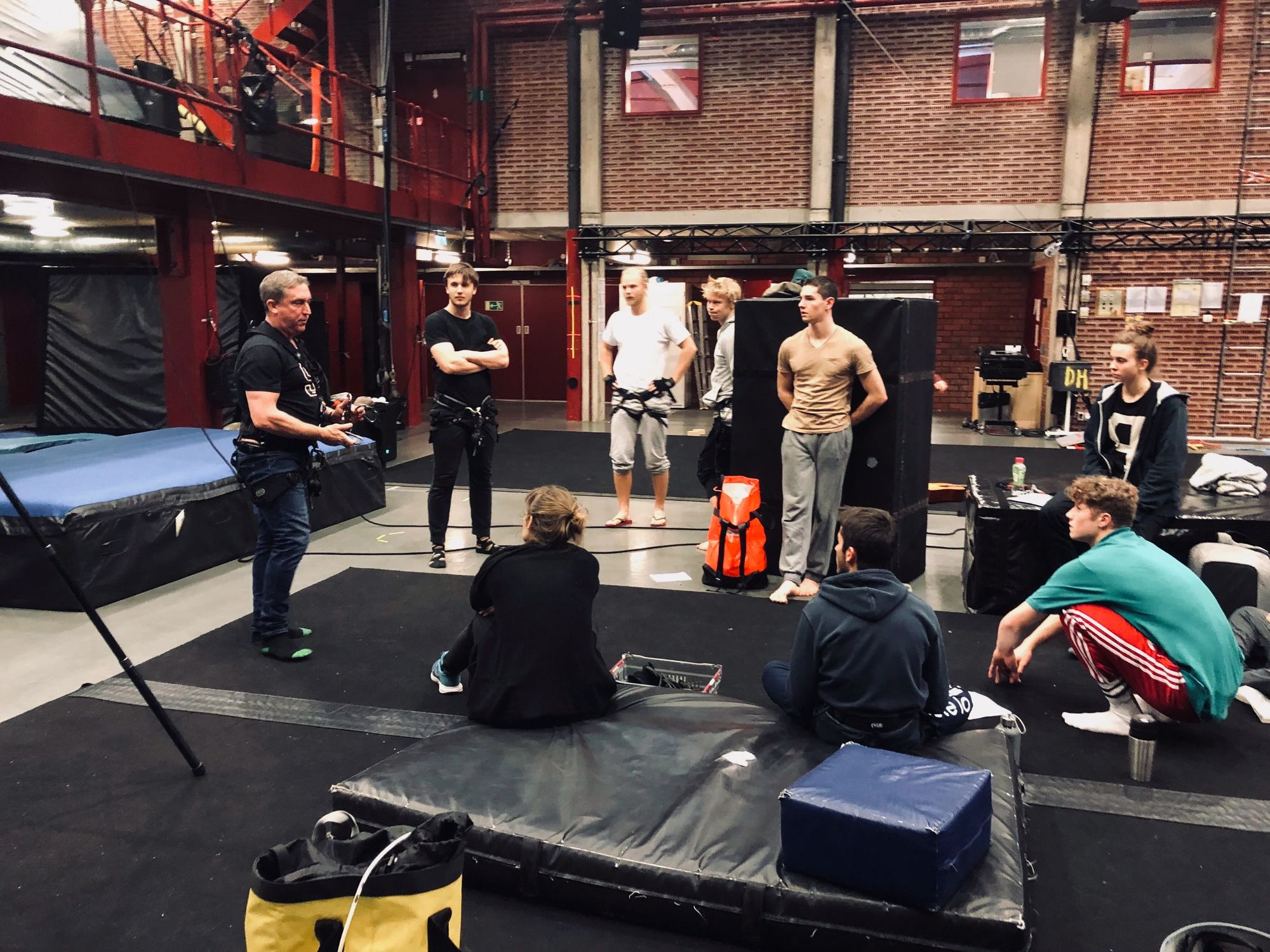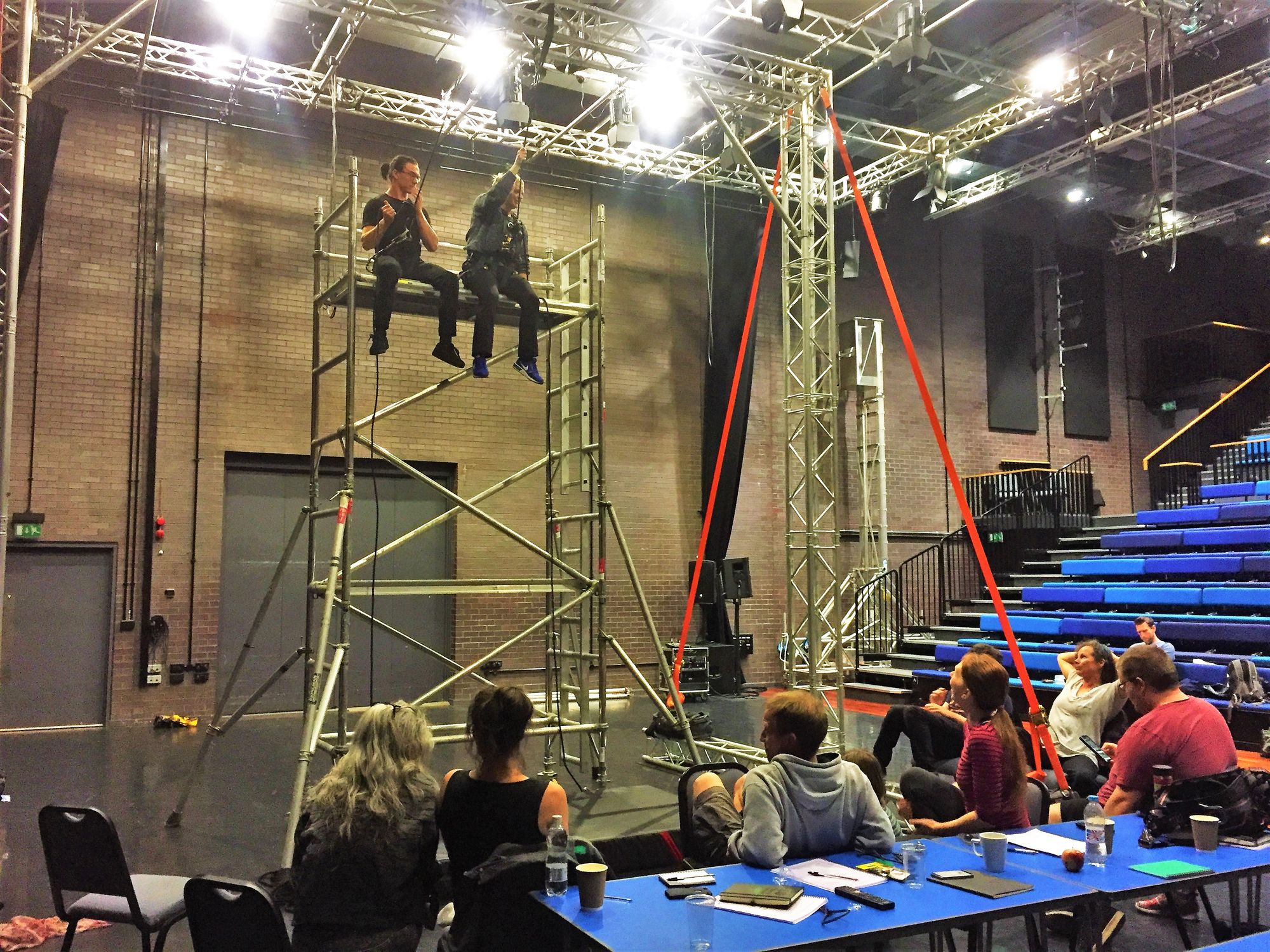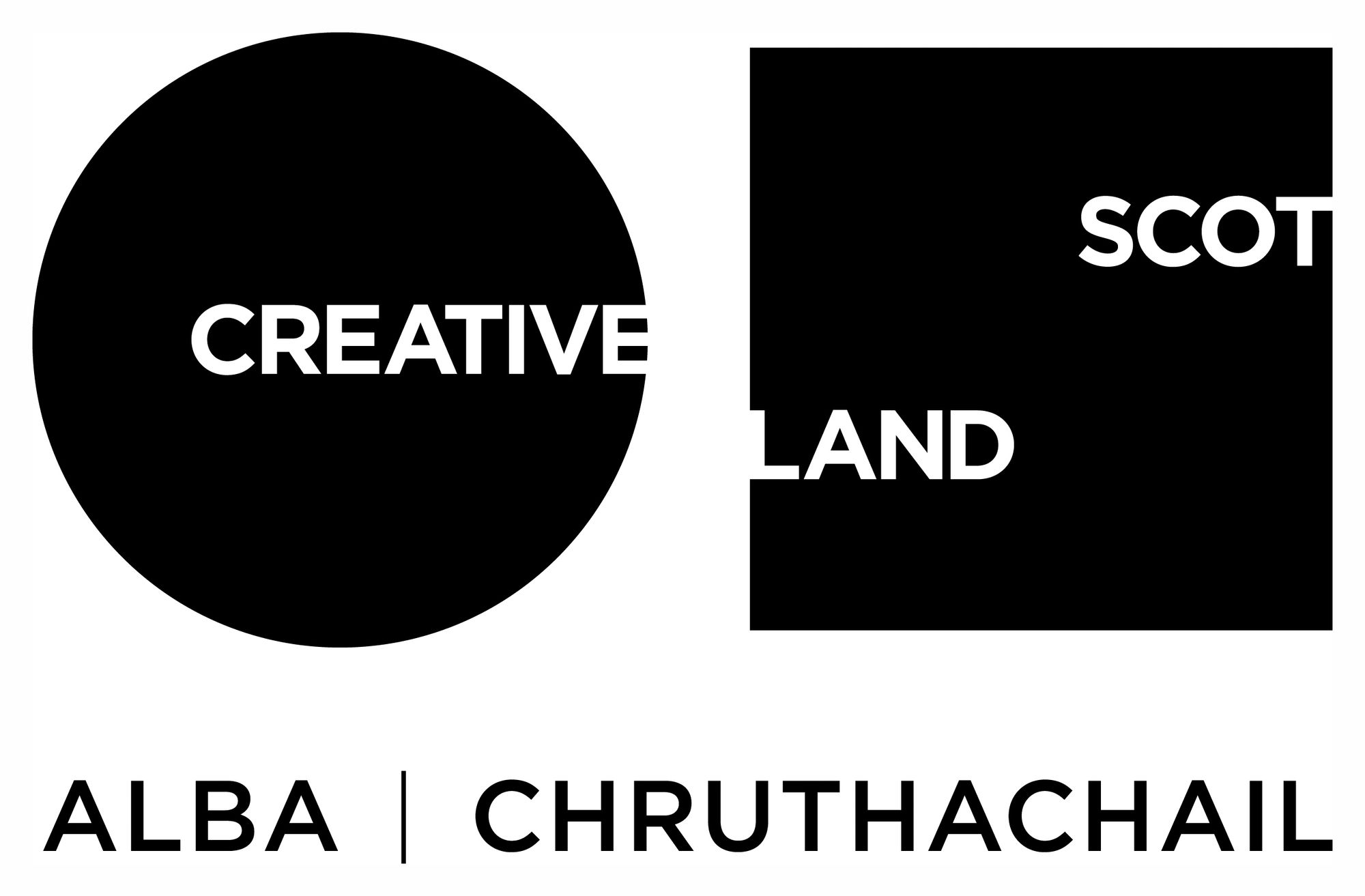Bryan Donaldson's Rigging Fundamentals Course

This month we caught up with Bryan Donaldson to speak about his career story and his Rigging Fundamentals course. This is the first in a series of articles about the types of training out there, to help you discern which courses would be appropriate for your specific needs.
The video of the longer version and full interview (45 minutes) can be found on Circusrigging.info. The short version (10 minutes) which focused on the course, you can see on our YouTube channel (Links below).
Laid-back Bryan’s approach to rigging training has similarities to his previous life as a flying trapeze performer. Like the best circus artists, he’s transformed the complexity of intense learning, practice and development into something that looks effortless and at the same time impressive.
Over the years, Bryan’s Rigging Fundamentals for Aerial Performance course has developed from a fairly impromptu one-off lecture to a thoroughly well researched and executed two days.
He’s got a lifetime’s experience built from scratch so he’s the one who can help you be professional about your standard of safety and make it sure it can be trusted by everyone involved.

Who is Bryan’s course for?
It’s the go-to option for circus aerialists who want to keep themselves safer by understanding their own rigging requirements, and what paperwork is required to make sure that the standard is upheld wherever they perform.
It’s a good starting place if you want to become a professional rigger. You’d want to go on to gain qualifications for rigging in the entertainment industry, Industrial Rope Access Trade Association (IRATA) and others.
That said, Bryan adds: “I have had people with a lot of experience – senior production managers, Level 3 IRATA. They’ve said, ‘Actually that was good, I learned this or that’.
“We will teach you what you need to know before going into venues to make yourselves a bit safer.
“I’m not claiming you can do this course and you will be a rigger. I’ll be happy if I can raise awareness in people so that if they are unsure about something, they know not to just to go ahead. Maybe even knowing your own limitations, when to seek advice or second opinion.”
What will you learn?
- An understanding of what equipment to use in rigging
- An understanding of different types of equipment
- How to use each piece of equipment correctly
- Where to get equipment from
- An understanding of what’s safe and what’s not
- How to access rigging points
- An understanding of knots and how to tie the correct one in the right situation
- How pulleys work and how to lift artists
- How to rescue people who get stuck at height
- An understanding of rigging with ropes and steel wires ropes
- Basics of how to select and configure a truss and rig from it
- Legal and requirements and responsibilities, and how to present the paperwork so that everyone can work together safely and effectively
Since Bryan is continually developing techniques for aerial rigging, he’s always updating and upgrading the material…and rest assured he’s always taking time for a tea break to ensure your head doesn’t get scrambled with all the theory and calculations!
Bryan says: “The course has morphed over the years. The guts of it is the same, but it’s been fine-tuned.”
You can download the full course syllabus here.
The no-stress approach
In Bryan’s two-day course, the first morning is theory, then the practical part happens after lunch, starting with ropes, knots, pulleys, and putting a load cell in.
Bryan says: “For those who are interested, we can get a couple of people in the air…I tell them not to have a heavy lunch! I’ll get them to rig a simple system, put a load cell, then ask what they think factors are, they all write a lot of load calculations, and get excited to see that it works.”
The second morning is more theory, with “the obligatory tea break” then you’ll use scaffold towers to rig up things where people could be stranded at height, to look at how to get them safely down, reducing risks along the way. It finishes before lunch with a multiple-choice ‘test’.
Bryan says: “Some people are really clever but really concerned about failing the test. I keep it short and directive so there’s not much superfluous information. But if I talk for two hours and give loads of calculations, it’s unfair to take that much information then ask someone to articulate it. We found that the multiple choice gave people memory jogs.
“I haven’t set a percentage as a pass mark, however I haven’t had any delegates get less than 70%, which is very encouraging!
“Will they retain the information in years to come? I let them keep the tests and the course manuals so that they can refer to them on future occasions.”
To get the heads-up on when Bryan is running a course, follow his Facebook page.
Add power to your paperwork
Rigging has come a long way since Bryan was working as an aerial performer and discovered that rigging was a job in its own right.
He says: “I didn’t know it existed. I didn’t know what IRATA meant. I’d just literally been putting up my own equipment to a standard that I felt was safe, didn’t even wear harnesses.
“The whole paperwork side I knew nothing about. I realised I had to do risk assessments, which sounded complicated and time consuming.”
Today, Bryan is passionate about the paperwork as a leader in the field, both in terms of teaching and rigging a vast scope of projects – small rigging studios, outdoor festivals, high wire walks over cityscapes, Hollywood movies, and the opening to the Birmingham festival for the Commonwealth Games, which took two years of planning.
He says: “I like to the people we are working to know that we are bloody good and we are safe, and that’s a lot to do with paperwork at that initial contact.
“If you’re worried that they’re watching you because they don’t think you can do your job, that shouldn’t be on your mind.
“The more professional the paperwork is initially, the more the client will trust you and leave you to do what you need to do – I think that minimises risk.”
· Bryan talks about his inspirational journey from novice to go-to guy in the video interview which members of Circus Rigging & Safety can view here.
· Bryan’s High Performance Productions website is here. As well as training, his services include rigging, consultancy, inspections and testing, and connecting circus artists with gigs.
Changing course?
Bryan has trialled a version of his course which is stretched over four days, to include more practical activity.
We are discussing with Bryan to see if we can bring that four-day interactive experience to Scotland this year. He’s not ready to roll it out like that every time…yet! And he is keen to emphasise that it’s not a new four-day course, it’s a different way to present and apply the same information that’s in the existing two-day course.
He says: “People learn better when they’re actually doing it. So we did a small bit of theory, then applied it practically, and they retained it.
“It’s fresh, and I do want to improve it, I don’t want to get into a rut and just keep churning out the information, but teaching is not the main part of what I do – rigging is still taking up most of my time, taking on larger-scale projects.
“In a busy year for teaching, I’ll run six courses. It’s hard to do everything, and I don’t want to do something badly. Quality not quantity.”
If a 4-day practical course with Bryan at Aerial Edge in Scotland this year is of interest to you email mark@aerialedge.co.uk.

In partnership with Articulation

Funded by Creative Scotland


